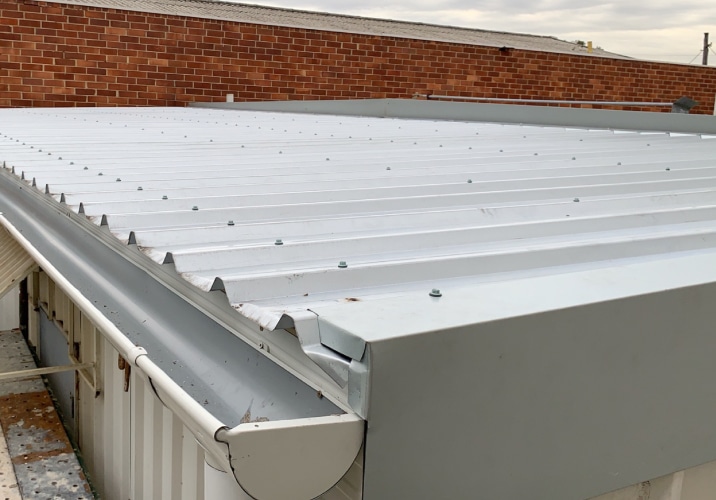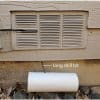It’s that time of year again – before long the BBQ will be wheeled away, and the seating will be covered up in preparation for the damp autumn months ahead. As homeowners, we reluctantly turn our attention to those dull tasks that need doing around the house – roof repairs, gutter clearance, and general home maintenance.
Guttering especially needs careful attention at this time of year. If gutters aren’t regularly cleared and checked then simple problems with clogged leaves and leaks in the guttering can lead to much more serious problems. Unchecked, these issues can lead to water build-up, which can cause damage to the foundations and structure of your home. Here, we dig into guttering and explore the differences between half-round gutters and square, and which one is best for you.
What is the difference between half-round guttering and square?
For the uninitiated, first let’s get back to basics. Gutters are the drainage pipes attached to the roof or siding of the house (or brickwork for those that have it), allowing rainwater to safely discharge from the roof and divert away from the house and its foundations. Keeping gutters clean and clear is an essential home maintenance task, and one that prevents water build-up on the roof, and ensures that water is safely channelled away from the house.
As their names suggest, the difference between these two types of guttering is superficially the shape, but there are more subtle differences in the form and function of each that make choosing the right gutter a tricky decision for homeowners.
Half-round guttering is usually positioned below the ‘drip-line’ of the roof edge rather than being nailed to the fascia boards. This makes it a more aesthetic choice for many, especially those looking for a more European look with exposed external rafters. As the name suggests these gutters are a round half-pipe and are often made from plastic.
Square, or box gutters, tend to be integrated into the roof structure, and are usually made from sheet metal. Unlike half-round gutters, they collect water and funnel it away before it reaches the drip-line of the roof.
Which type of guttering is best for me?
The type of guttering that is best for you will depend very much on the type of property you own, and both have different advantages and disadvantages when you’re considering gutter installation.
Square guttering tends to drain more water than round guttering of the same size, and it’s much harder to dent or damage, as it’s typically made of robust steel. Box gutters also tend to be easier to fit due to the fact that they have corners and straight edges. This allows them to be fixed more easily – the straight joints will be stronger, and less prone to flex and movement meaning the seal will last longer and you will have fewer issues in the future.
On the other hand, if square gutters get clogged they can pose more of a threat of roof damage than standard gutters, as overflow water will tend to sit on the roof rather than drain off over the edge.
Half-round gutters have a shape that is more likely to compliment your roof and are easier to clean and maintain. They typically carry fewer risks of blockage and are not as vulnerable to corrosion as square guttering can be.
On the other hand, half-round gutters are more difficult to install, due to the added expense needed to create a seamless structure that they will sit on top of. As we discussed earlier, they can also have issues from a maintenance point of view – their round shape means there is a greater chance of movement and damage to the joint, and forming an effective seal between each section is more complex.
Which is right for me?
Overall, unless it is aesthetics driving your decision then square gutters are a more robust and effective method to keep rainwater running smoothly away from your home. If you’re looking for further advice on which is best, or you’re considering gutter repair or installation, why not get in touch with the experts at Ned Stevens Gutter Cleaning today? Ned Stevens uses the thickest gauge aluminum gutters in the industry, 0.032 gauge versus the widely used 0.027 thickness, to ensure your house and gutters remain in good condition for many years to come.








